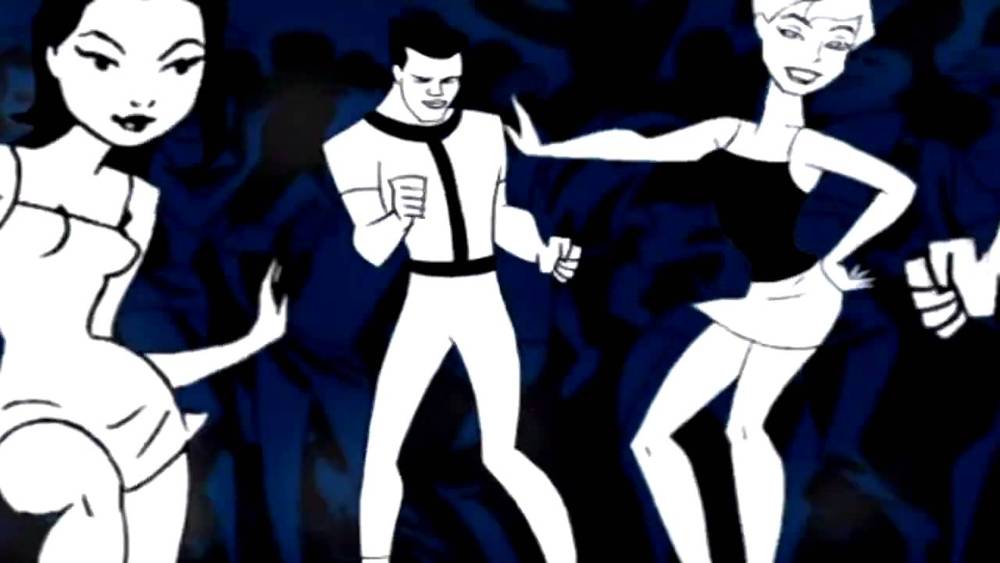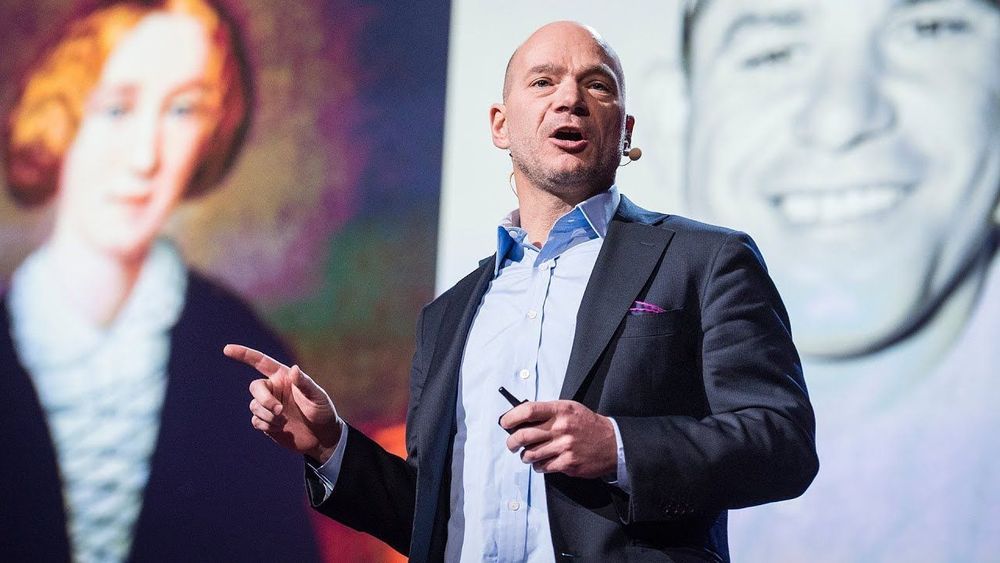Request Registration Code
Terms of Service
All messages posted at this site express the views of the author, and do not necessarily reflect the views of the owners and administrators of this site.
Request Registration Code
Terms of Service
All messages posted at this site express the views of the author, and do not necessarily reflect the views of the owners and administrators of this site.

Recently on the Fat Man on Batman podcast Marc Bernardin brought up an exciting idea for a new Batman Beyond movie. Kevin Smith was completely for it.
Batman Beyond originally premiered January 10th, 1999. That makes it 20 years old now. It’s hard to believe that time has gone by so quickly. Batman Beyond was one of the best animated series for Batman besides well, Batman the Animated Series. It followed Terry McGinnis as he navigates becoming Batman after Bruce Wayne suffers a heart attack and can no longer do the dirty work on the streets. Bruce before that point was fighting in a mech suit trying to keep up with all of Gotham’s atrocities.
Continue reading “Kevin Smith Wants Michael Keaton for a ‘Batman Beyond’ Movie” »
O.o.
Control of spin waves in magnonic crystals is essential for magnon-based computing. Crystals made of ferromagnetic metals offer versatility in band structure design, but strong magnetic damping restricts their transmission efficiency. Yttrium iron garnet (YIG) with ultralow damping is the palpable alternative, yet its small saturation magnetization limits dipolar coupling between discrete units. Here, we experimentally demonstrate low-loss spin-wave manipulation in magnonic crystals of physically separated nanometer-thick YIG stripes. We enhance the transmission of spin waves in allowed minibands by filling the gaps between YIG stripes with CoFeB. Thus-formed magnonic crystals exhibit tunable bandgaps of 50–200 MHz with nearly complete suppression of the spin-wave signal. We also show that Bragg scattering on only two units produces clear frequency gaps in spin-wave transmission spectra. The integration of strong ferromagnets in nanometer-thick YIG-based magnonic crystals provides effective spin-wave manipulation and low-loss propagation, a vital parameter combination for magnonic technologies.
Researchers at Chalmers University of Technology, Sweden, have disproved the prevailing theory of how DNA binds itself. It is not, as is generally believed, hydrogen bonds which bind together the two sides of the DNA structure. Instead, water is the key. The discovery opens doors for new understanding in research in medicine and life sciences. The findings are published in PNAS.
DNA is constructed of two strands consisting of sugar molecules and phosphate groups. Between these two strands are nitrogen bases, the compounds that make up genes, with hydrogen bonds between them. Until now, it was commonly thought that those hydrogen bonds held the two strands together.
But now, researchers from Chalmers University of Technology show that the secret to DNA’s helical structure may be that the molecules have a hydrophobic interior, in an environment consisting mainly of water. The environment is therefore hydrophilic, while the DNA molecules’ nitrogen bases are hydrophobic, pushing away the surrounding water. When hydrophobic units are in a hydrophilic environment, they group together to minimize their exposure to the water.
Designer Carlo Ratti Associati has unveiled the “Feel the Peel”, a combo orange juicer/3D printer that makes bioplastic cups out of leftover orange peels.

Economist Andrew McAfee suggests that, yes, probably, droids will take our jobs — or at least the kinds of jobs we know now.
This article was originally published at The Conversation. The publication contributed the article to Space.com’s Expert Voices: Op-Ed & Insights.
The entire Apollo 11 mission to the moon took just eight days. If we ever want to build permanent bases on the moon, or perhaps even Mars or beyond, then future astronauts will have to spend many more days, months and maybe even years in space without a constant lifeline to Earth. The question is how would they get hold of everything they needed. Using rockets to send all the equipment and supplies for building and maintaining long-term settlements on the moon would be hugely expensive.
This is where 3D printing could come in, allowing astronauts to construct whatever their lunar colony needed from raw materials. Much of the excitement around 3D printing in space has focused on using it to construct buildings from lunar rock. But my research suggests it may actually be more practical to use this moondust to supply lunar manufacturing labs turning out replacement components for all sorts of equipment.
Researchers at Chalmers University of Technology, Sweden, disprove the prevailing theory of how DNA binds itself. It is not, as is generally believed, hydrogen bonds which bind together the two sides of the DNA structure. Instead, water is the key. The discovery opens doors for new understanding in research in medicine and life sciences. The researchers’ findings are presented in the journal PNAS.
DNA is constructed of two strands, consisting of sugar molecules and phosphate groups. Between these two strands are nitrogen bases, the compounds which make up organisms’ genes, with hydrogen bonds between them. Until now, it was commonly thought that those hydrogen bonds were what held the two strands together.
But now, researchers from Chalmers University of Technology show that the secret to DNA’s helical structure may be that the molecules have a hydrophobic interior, in an environment consisting mainly of water. The environment is therefore hydrophilic, while the DNA molecules’ nitrogen bases are hydrophobic, pushing away the surrounding water. When hydrophobic units are in a hydrophilic environment, they group together, to minimize their exposure to the water.
